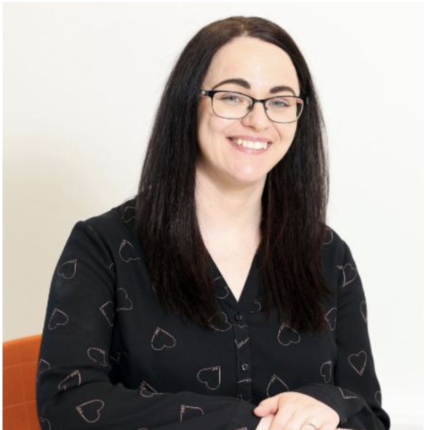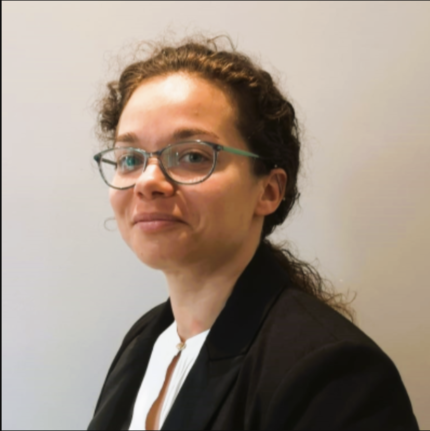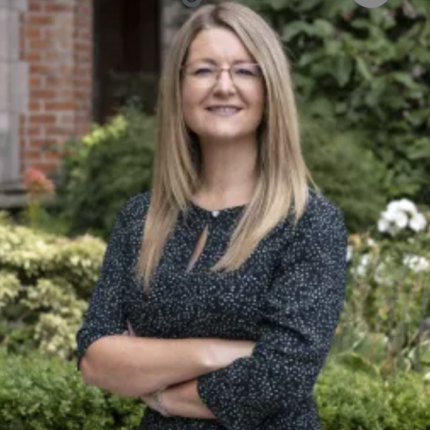When we decided to look into the experiences of USEs of students in Northern Ireland, it was vital that it did not cause more harm than good.
Over the past decade, there has been a wealth of research on sexual misconduct. However, implementing findings of such research has often come up against institutional aversion to risk.
These risks are associated with ethical design and implications of this research, institutional reputation, and operational readiness of the institution to respond to the issue. These are three reasonable reasons not to pursue such research – notwithstanding the additional impact and consequence to the researchers.
Ethical design
Before designing our survey – which found that 63 per cent of a 1033 sample reported experiencing at least one type of USE (rape, attempted rape, unwanted sexual contact, coercion or attempted coercion into a sexual act) since their time at university – we invited local support organisations (e.g., Nexus NI, Victim Support NI, Women’s Aid), senior academics, university support staff, and student union representatives to meet with us. The meetings were conversational, often over a hot beverage, and open to discussion on the project and the wider issue of sexual violence in NI, as well as a chance to share knowledge. This oversight from critical friends was vital regarding the ethical design and implementation of the survey.
These conversations also served as an opportunity to explore how best to describe sexually violent acts (further discussion available here: https://rb.gy/3ihq8). Beyond selecting (non)consent definition, the language used to outline the different sexual acts was carefully chosen to limit misinterpretation and, importantly, possible re-traumatization. Our questions focused on the perpetrator’s behaviour (e.g., penile penetration) and their chosen tactics (e.g., use of force) and steered clear of emotive and, potentially, confusing language (e.g., rape). Through this approach, we implicitly place the blame on the perpetrator for their behaviour rather than reinforcing the myth that these experiences are the victim- fault.
However, we were also conscious that taking part in the survey might cause participants to relive their experiences. As such, we also asked study participants why they decided to take part and whether it had caused distress or upset. Most participants reported that helping others was their main reason for taking part; some cited curiosity about the project or the offer of the prize draw for a gift card. Others referenced the importance of the topic based on their own (or others’) experiences. Some students indicated that completing the questions raised emotional issues, particularly if they had a USE.
Most participants indicated that, irrespective of reporting a USE, they agreed or strongly agreed that the benefits of participating in this type of research outweighed the costs.
Institutional reputation
Universities UK’s Changing the Culture report demonstrated that USEs are not exclusive to specific spaces, and so there is a need for a holistic approach to tackling sexual violence.
This starts with universities acknowledging that sexual violence happens as part of the student experience – not lateral to it. Perpetrators are not necessarily strangers to the survivors but from within the university community. Indeed, our research revealed that 66 per cent of students know their perpetrator and have some sort of pre-established relationship (e.g. romantic partner, acquaintanceship, friendship) with them.
We met with our institutional leaders to share our report findings as a team and explain the need for institutional support and a whole-university approach. They began as quick coffees with research directors and associate deans and then on to pro-vice-chancellors. While some discussions went very well, others required a little greater persuasion. Nonetheless, persistence was vital, as was the need to identify the right person. As our research – received through these conversations – was explained, it led to an understanding that if HE is to have a reputation linked to sexual violence, abuse, or harassment, it should be one of support, leadership, and change.
After receiving funding from our research impact team, we formally launched a research report that would engage our key stakeholders. We called our colleagues from adjacent academic departments and planned an ambitious event to publicise the research and make our wider community think, feel and reflect on this issue using multiple mediums. In doing so, we would firmly establish the role of HE in tackling sexual violence.
We published our UNSEEN at UNI report in September 2022 at the Metropolitan Arts Centre Belfast with the help of Emma Stewart and Lisa Fitzpatrick. We were joined by Pádraig MacNeela at the University of Galway and Clarissa Humphreys from Durham University to join us and speak about the successes and pitfalls of their work and initiatives addressing sexual violence in HE.
The success of these events came from working with our university PR teams to highlight the work and give interviews to local media, as well as the wide reach of our invitations, which included staff and students, further education colleges, school teachers, voluntary supporting organisations, local government, and statutory services (including the police).
The only way to gain such momentum was by working with the institution towards change.
Partnerships
While the operational readiness of the institution to respond to the issue was one of the causes of apprehension, change must start somewhere. Where our research had highlighted a disconnect between policies and people, we offered ourselves as evidence-based advisors on how to best move things forward.
We found that only 50 per cent had told someone about their experiences of a USE, and 47 per cent had not. Most students told a friend (69 per cent), romantic partner (11 per cent) or family member (7 per cent). Only one student had told student wellbeing, and many students never made a formal report to their university. Regarding student awareness and reporting practices. A significant percentage of students (45 per cent) were unsure whether there was a sexual misconduct policy at their HE institution; similarly, most students had never looked for the information (40 per cent ) or had looked for it but couldn’t find it (40 per cent).
To address the lack of engagement with institutional support among student survivors, we formed key relationships with our student wellbeing staff – who were all dedicated to improving the student experience – to reflect on the student sexual misconduct policy as well as what was and was not working in the mechanisms and pathways from reporting to support.
We used our connections with the University of Galway to link our institutions with the Active Consent programme as a model of good practice. This programme offers an evidence-based approach to supporting students and staff in building their knowledge of consent as a critical component of positive sexual health and well-being.
Our report launch also called others to action. Our local Police Service of Northern Ireland (PSNI) contacted us to ask what more they could do to help. In response to this, we jointly held a workshop with our police service, again inviting our student support services, student representatives, further education, local government and those working within local bar and hospitality sectors to discuss the research findings and explore what a joined up community response to this issue could look like.
There was, and remains, a consensus that no single person or institution can tackle this issue alone, and we all have essential roles in preventing sexual violence and improving the reporting and support experiences of those who have survived it.
Impact and consequence to the researcher
Finally, the apprehension around this work includes concern for the researchers investigating it.
Treading this research path undoubtedly indicates a specific type of person who would like to help but, in doing so, shoulders the burden of other people’s trauma. As researchers, we spend an inordinate amount of time reflecting on those who engage with our research – we want to capture their thoughts and experiences but also recognise the importance of what they have chosen to share with us and the potential harm that this may cause.
In seeking to keep our participants safe and allow their voices to be heard, it is easy to forget that we, too, might need to take a break and debrief. What happens over tea (or coffee) can be restorative; this research area is as empowering and fulfilling as it is draining and frustrating, and it is important to acknowledge that with the good will come the bad. Sometimes, it can be hard to remember that we are only human and positive change is not always immediately evident. It can be a lonely journey, particularly if you are just starting your career and facing a frosty response from administrators regarding your research.
Our progress is owed to taking time to prepare, listen and speak with others. In doing so, we not only built consensus for the importance of the work but also developed a support system for the work and the research team.
















